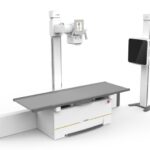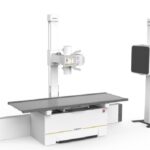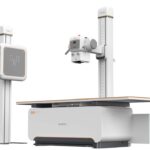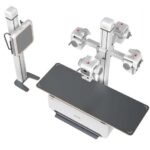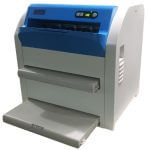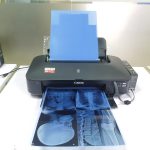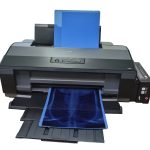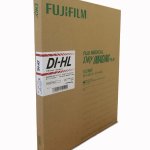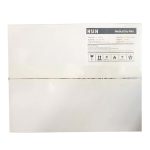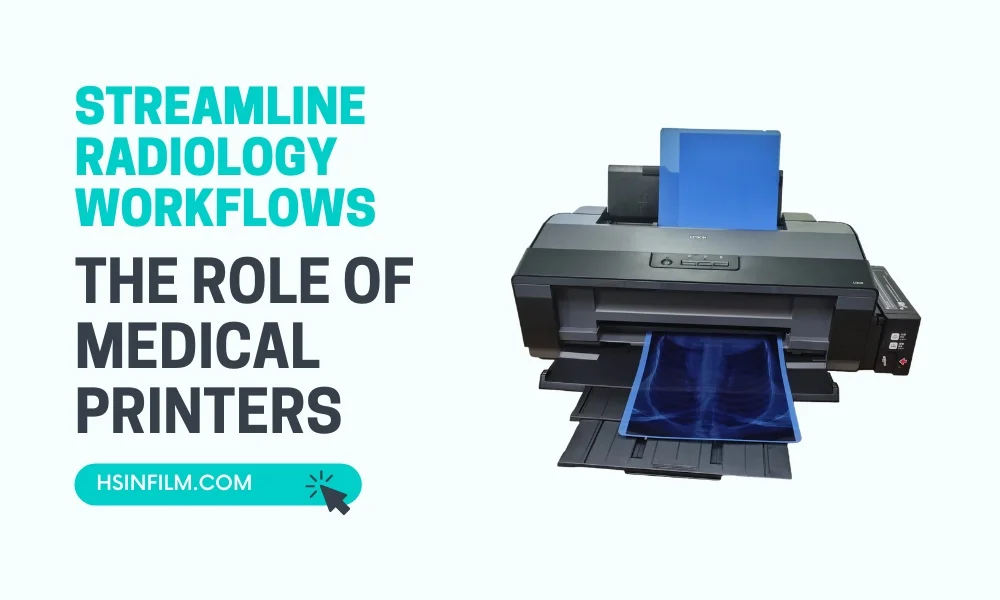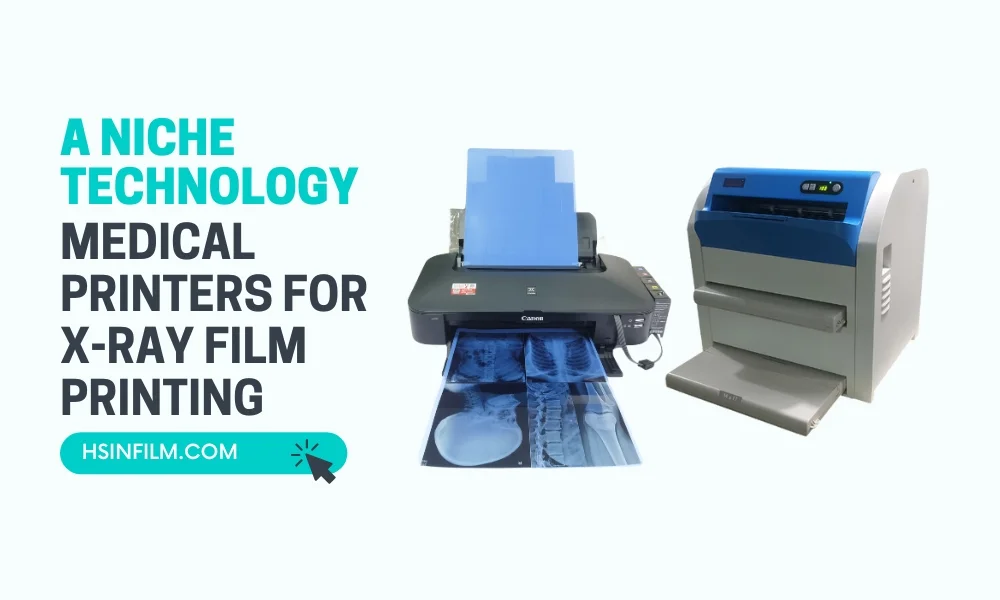Radiology is a cornerstone of modern healthcare, providing critical insights through diagnostic imaging techniques like X-rays and MRIs. While these imaging modalities have evolved significantly, the role of inkjet printers in radiology has remained somewhat inconspicuous. However, they play a vital role in the production of high-quality images and their applications in radiology are profound. In this blog, we’ll explore the various dimensions of how inkjet printers enhance diagnostic imaging in radiology, particularly in X-ray and MRI contexts.

Table of Contents: Inkjet Printers in Radiology
Applications of Inkjet Printers in Radiology
Radiology departments heavily rely on the ability to produce high-quality images for diagnostic purposes. Inkjet printers have found a niche in two primary applications: X-ray imaging and MRI imaging.
X-ray Imaging
X-ray imaging is one of the most common diagnostic tools in healthcare. The application of inkjet printers in this context involves printing X-ray films, providing several benefits for radiologists and patients.
- Printing X-ray Films: Inkjet printers are used to produce X-ray films, allowing for the creation of clear and precise images that are vital for accurate diagnoses.
- Benefits of Using Inkjet Printers: High-resolution printing and color fidelity are key advantages of inkjet technology in X-ray imaging. This results in enhanced image clarity, facilitating a more accurate assessment of patient conditions.
MRI Imaging
MRI imaging offers exceptional insights into the human body, but translating these digital images into physical, interpretable formats is where inkjet printers shine.
- Printing MRI Images: Inkjet printers are utilized to print MRI images, enabling healthcare professionals to have tangible copies of these complex scans.
- Advantages of Inkjet Technology: The inkjet technology ensures that MRI images are printed with precision, maintaining color accuracy and high resolution. This is crucial for the intricate details often present in MRI scans.
Advancements in Inkjet Technology
To comprehend the significance of inkjet printers in radiology, it’s essential to delve into the technological advancements that underpin their effectiveness.
High-Resolution Printing
High-resolution printing is paramount in radiology. Inkjet printers are capable of producing images with exceptional clarity and detail, ensuring that subtle abnormalities are not missed. The quality of the printed image is vital for accurate diagnoses and treatment planning.
Color Accuracy and Fidelity
In healthcare, color accuracy is non-negotiable, especially in fields like pathology and dermatology. Inkjet printers maintain accurate color representation, enabling the precise interpretation of medical images. These accurate color prints are crucial for diagnosis and treatment planning.
Compatibility with DICOM Standards
Inkjet printers in radiology are designed to seamlessly integrate with DICOM (Digital Imaging and Communications in Medicine) standards. This ensures that the printed images accurately represent the original digital images, upholding the clinical value of the diagnostic content.
Benefits of Using Inkjet Printers in Radiology
The integration of inkjet printers in radiology brings forth several notable benefits, ultimately enhancing the quality of patient care and the efficiency of healthcare processes.
Improved Image Clarity
The high-resolution printing capabilities of inkjet printers result in images with unparalleled clarity. This ensures that radiologists can make accurate diagnoses and treatment decisions based on reliable image quality.
Faster Image Availability
Traditional film-based printing methods often involved lengthy processing times, leading to delays in diagnosis and treatment. Inkjet printers eliminate these delays, providing healthcare professionals with immediate access to critical images.
Cost-Efficiency
Inkjet printers reduce the need for expensive film and chemicals used in traditional radiography. This not only saves costs but also contributes to environmental sustainability.
Enhanced Workflow and Telemedicine Support
Inkjet printers facilitate the transition from analog to digital record-keeping, enabling the efficient sharing of images electronically. This reduces the physical storage requirements and enhances accessibility for remote consultation, which is particularly valuable in telemedicine.
Regulatory Compliance and Security
Compliance with regulatory standards is non-negotiable in healthcare, and inkjet printers are designed with these considerations in mind.
DICOM Compliance
DICOM compliance ensures that inkjet-printed images seamlessly integrate with other DICOM-compliant devices, such as imaging modalities and PACS systems. This integration is vital in maintaining a streamlined workflow and accurate interpretation of diagnostic images.
HIPAA and Patient Data Security
Patient data security is paramount in healthcare. Inkjet printers often include features like secure printing, user authentication, and encryption to safeguard patient information. These features ensure compliance with regulations like the Health Insurance Portability and Accountability Act (HIPAA).
Audit Trails for Accountability
The use of digital images and prints allows for the creation of audit trails, providing a transparent record of who accessed patient information and when. This accountability is crucial in healthcare settings.
Real-World Examples
To illustrate the real-world impact of inkjet printers in radiology, we’ll explore case studies in radiology departments and share testimonials from healthcare professionals who have witnessed the benefits of these printers firsthand.
Future Trends and Developments
We’ll discuss emerging technologies and potential advancements in inkjet printing, highlighting the role they might play in further improving diagnostic imaging in radiology.
Conclusion
Inkjet printers in radiology are the unsung heroes, consistently delivering clarity, reliability, and security in a field where each detail matters. Their silent yet vital contribution to enhancing diagnostic imaging in X-ray and MRI is an integral part of modern healthcare, improving patient outcomes and streamlining medical processes.
Choose HSIN Film’s Inkjet Printer for Your Radiology Needs
When it comes to selecting the right inkjet printer for your radiology department, choosing a trusted and experienced provider is essential. HSIN Film has been a leader in medical imaging solutions for years, and their medical inkjet printers are no exception.
Why HSIN Film?
- Reliability: HSIN Film’s inkjet printers are known for their reliability. They ensure that you can consistently produce high-quality images, vital for accurate diagnoses.
- High Resolution: These printers offer the high resolution needed in radiology to capture fine details that might be missed with lower-quality printing solutions.
- Color Fidelity: HSIN Film’s inkjet printers maintain accurate color representation, crucial for precise interpretation of medical images in fields like pathology and dermatology.
- DICOM Compatibility: HSIN Film’s printers seamlessly integrate with DICOM standards, guaranteeing that the printed images faithfully represent the original digital images.
- Cost-Efficiency: By reducing the need for expensive film and chemicals, HSIN Film’s inkjet printers not only save costs but also contribute to environmental sustainability.
- Security and Compliance: HSIN Film’s printers include features like secure printing, user authentication, and encryption to safeguard patient information, ensuring compliance with regulations like HIPAA.
Upgrade Your Radiology Department
With HSIN Film’s medical inkjet printers, you’re not just getting a printing solution; you’re investing in the quality and efficiency of your radiology department. Make the choice that healthcare professionals trust and upgrade your radiology capabilities with HSIN Film’s inkjet printers.
Learn more about HSIN Film’s medical inkjet printers and take your radiology department to the next level.

